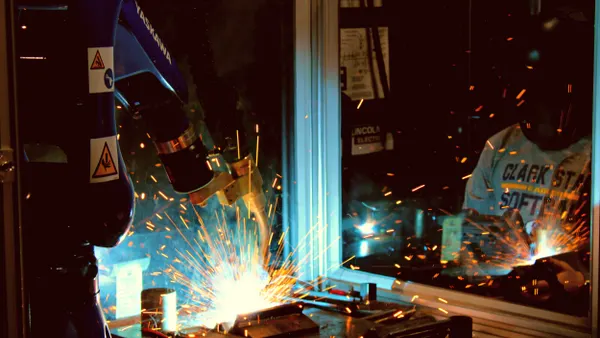Dive Brief:
- When it comes to walls or no walls in the office, it's like chocolate and vanilla – some workers like them and others don't. But before you start taking those cubicle walls down, it's a good idea to have a strategy based on worker preferences, according to Training Magazine.
- Training Magazine reports that 70% of employers are adding some level of open office space, and a CoreNet survey predicts a decrease in individual worker space from 225 square feet in 2010 to 100 square feet by 2017.
- As a result, employers must figure out a way to create new wall-less workspaces while keeping employee performance in mind.
Dive Insight:
Dorie Clark, adjunct professor, Duke University’s Fuqua School of Business, told Training Magazine that extroverts thrive in a so-called open office because they have people and stimulation all around, which motivates them. For introverts, having an open office could get them out of their shell, so to speak, which means they may have more "accidental collisions’ of ideas."
Of course, before moving to open an open office environment, there is the potential for negative impact. Clark told Training Magazine that extroverts might find it too stimulating and they won't be able to focus.
But an open office design can be modified to let workers find a balance, such as including a few soundproof workstations. Also, Clark suggests setting up some kind of system or sign that workers can use to let co-workers know they want to remain undisturbed.












